Getting Things Done
April 10, 2020 in LINKS
As the weeks continue, you may have already found yourself getting in the groove of things and finding a routine that works best for you. And if you haven’t, that’s okay! There’s no “correct” way to do everything at home.
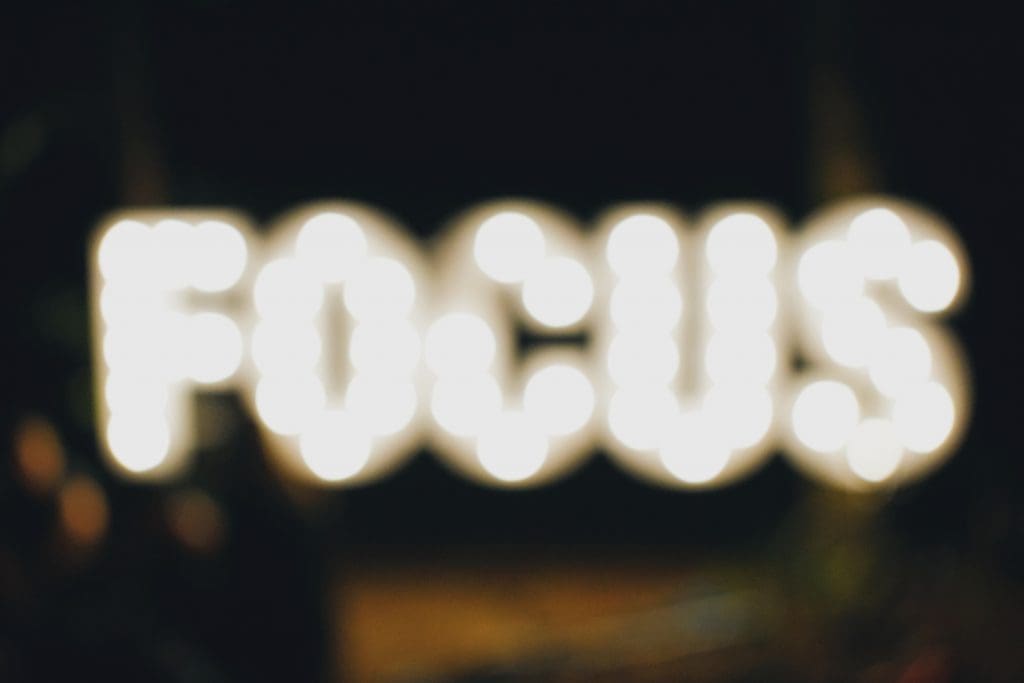
Each day brings something different too. For those in school, finals and big assignments may be coming up soon, and it can be daunting to figure out how to get everything done, especially with the anxiety you may be feeling with these tasks on top of the anxiety with everything else going on. Ironically, if you feel anxiety when it comes to getting tasks completed, those symptoms of anxiety may actually delay you from starting them, making it take even longer to get everything done. Distractions around you like your phone, bed, and other tabs don’t help either.
Overall, it’s overwhelming and messy.
So, if you have big things that you need to get done coming up – or even if you want to make sure you can stay on task when everything feels distracting – there are ways to focus on them without these daunting anxious feelings.
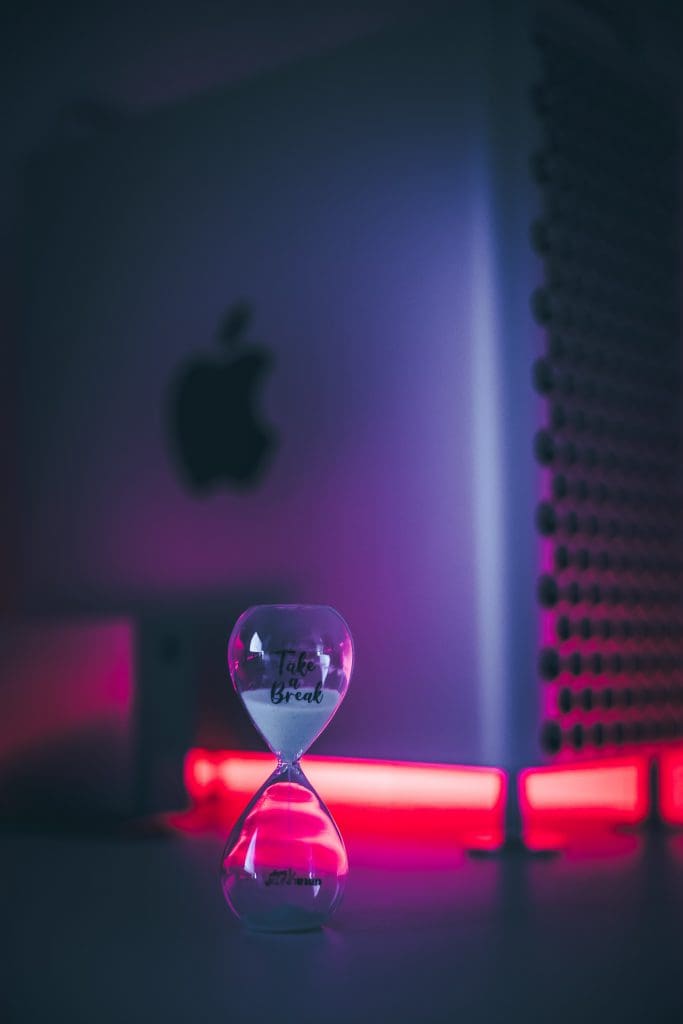
One way to do this is by dividing your work into intervals. This is known as the Pomodoro Technique, where you spend a set amount of time focusing on whatever you need to focus on, take a small break, and then repeat. The amount of time you choose to do your work can vary depending on how long you realistically think you can focus. Some may be able to do a half-hour of their work, take a three minute break, and repeat until they’re done, while others may think that spending ten minutes working is the most realistic with five minute breaks. Everyone works differently.
There are a ton of apps that you can use that lets you set how long you want these intervals and breaks to be. Some include Be Focused, the Tomato Timer, and Engross. You can check them out and choose what’s best for you depending on what device you want to have the timer on, how they look, and how effective they are.
How are you dividing your time at home? Do you have any apps that you use for productivity? How do they affect your stress and anxiety?

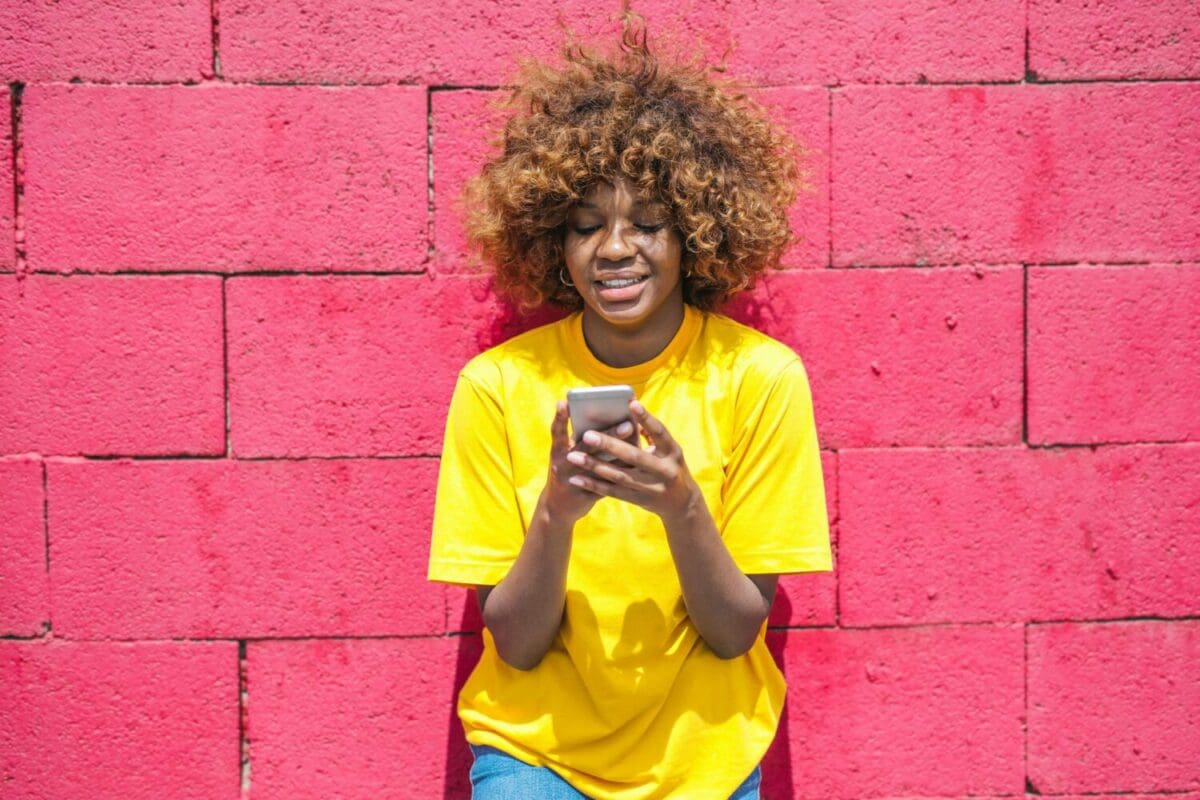
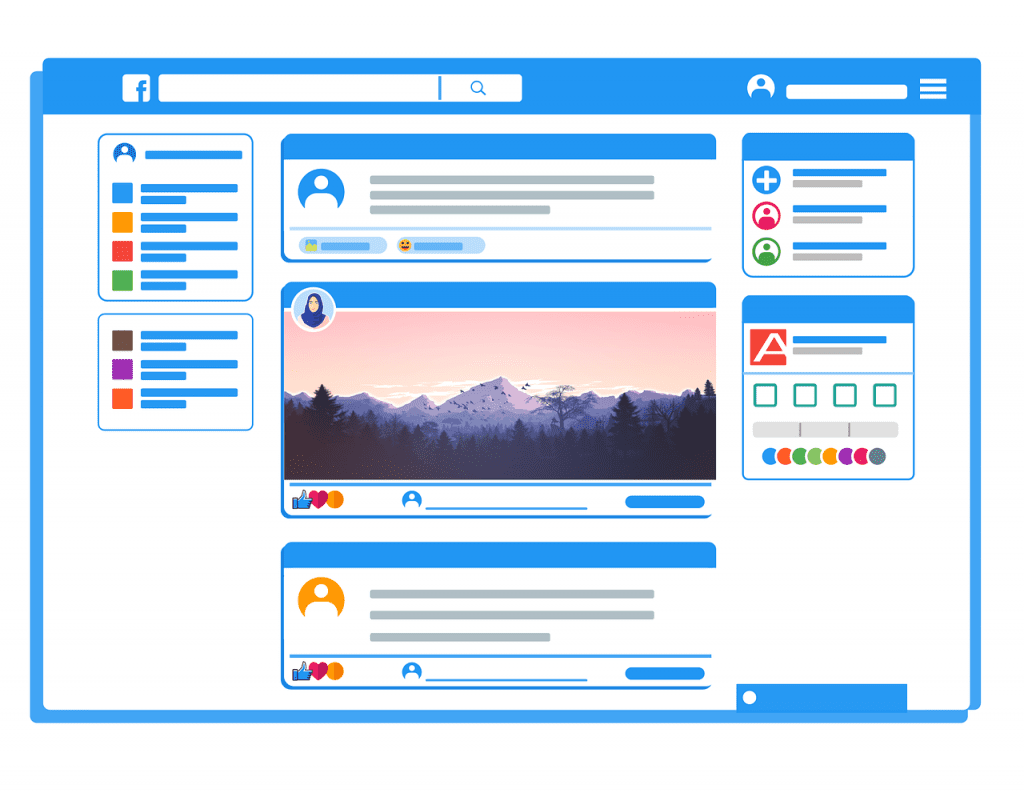

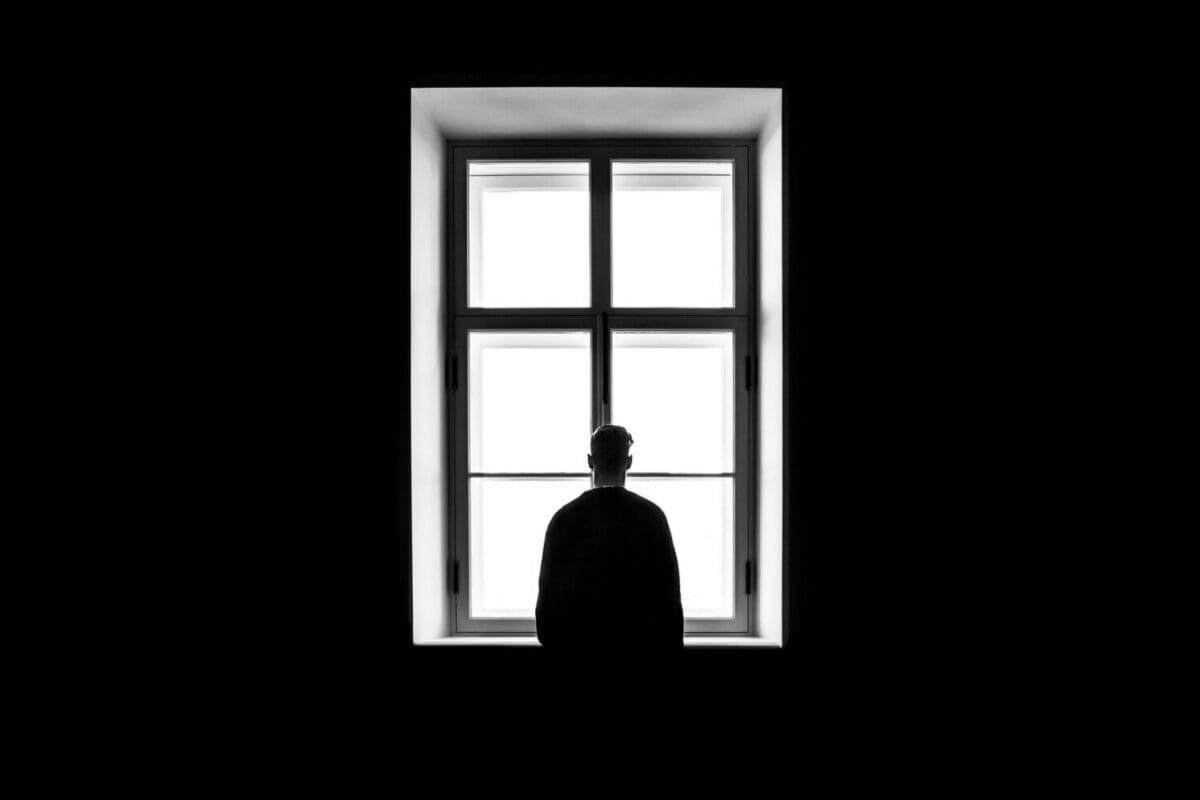



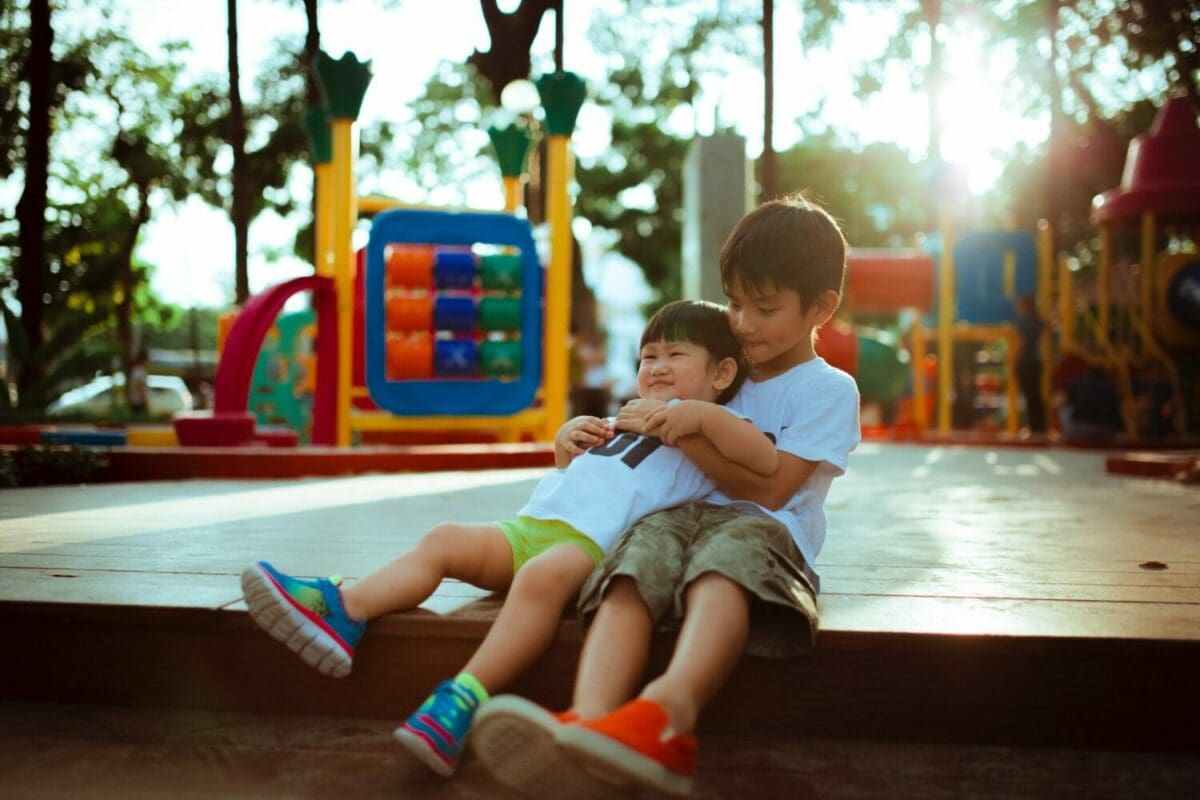






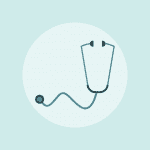



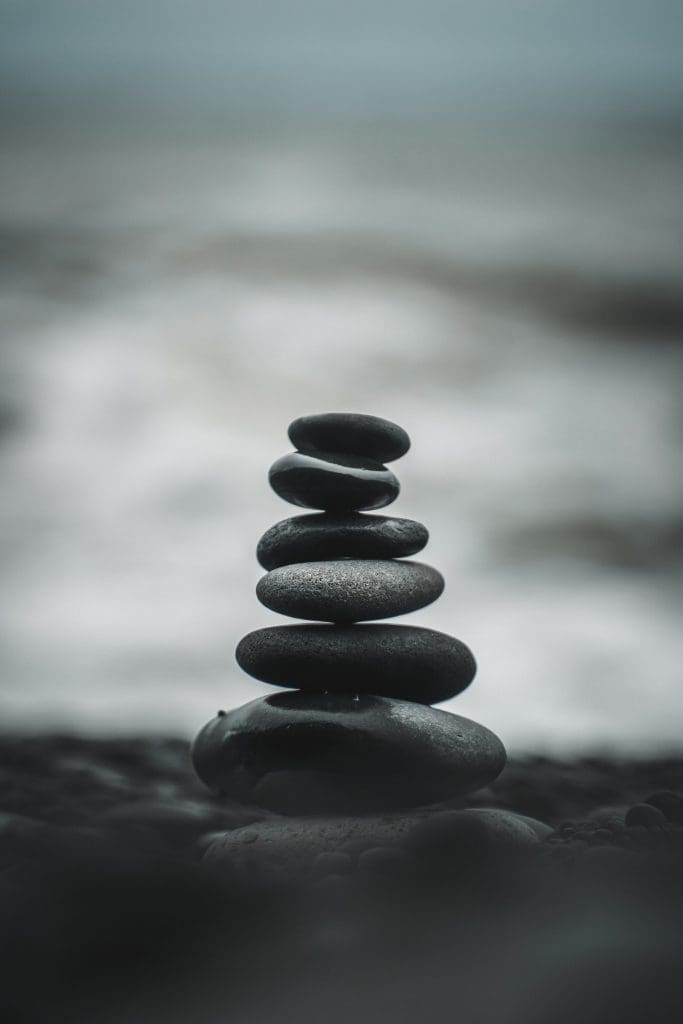
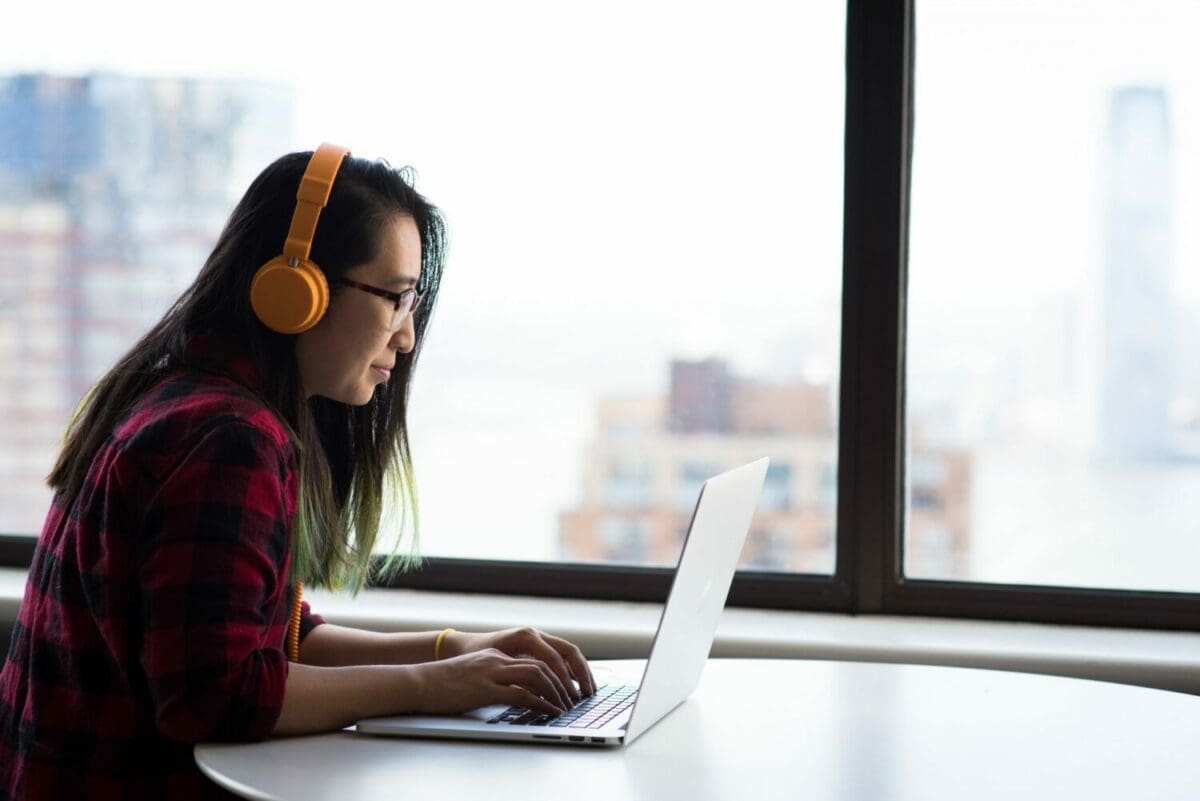
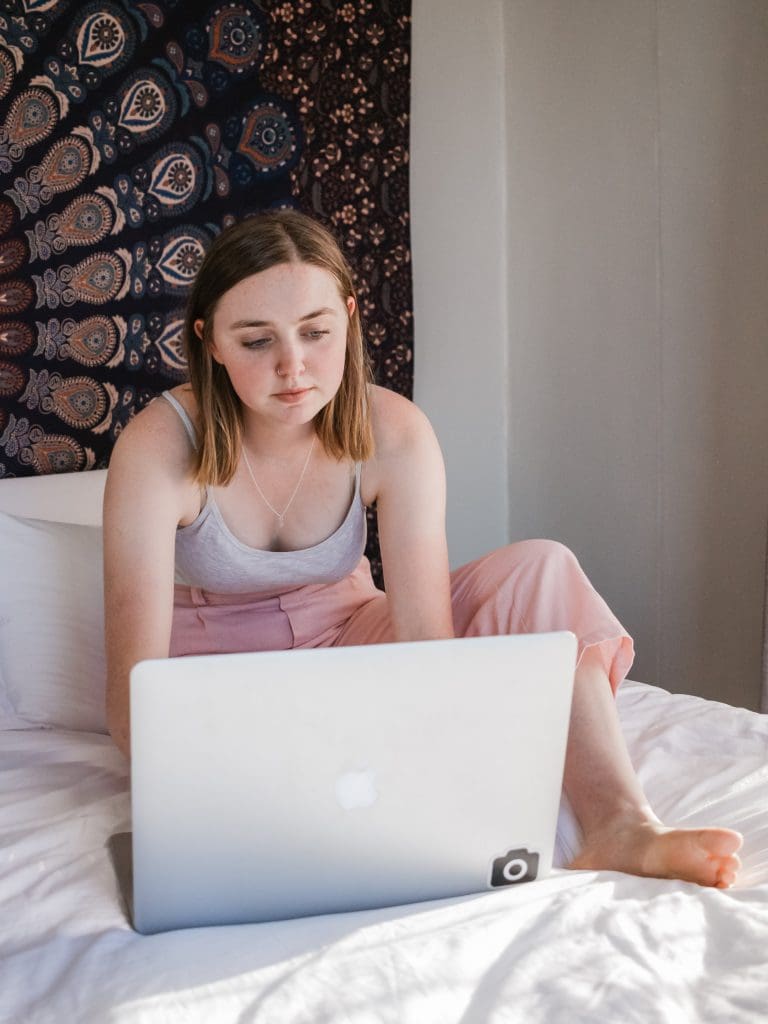
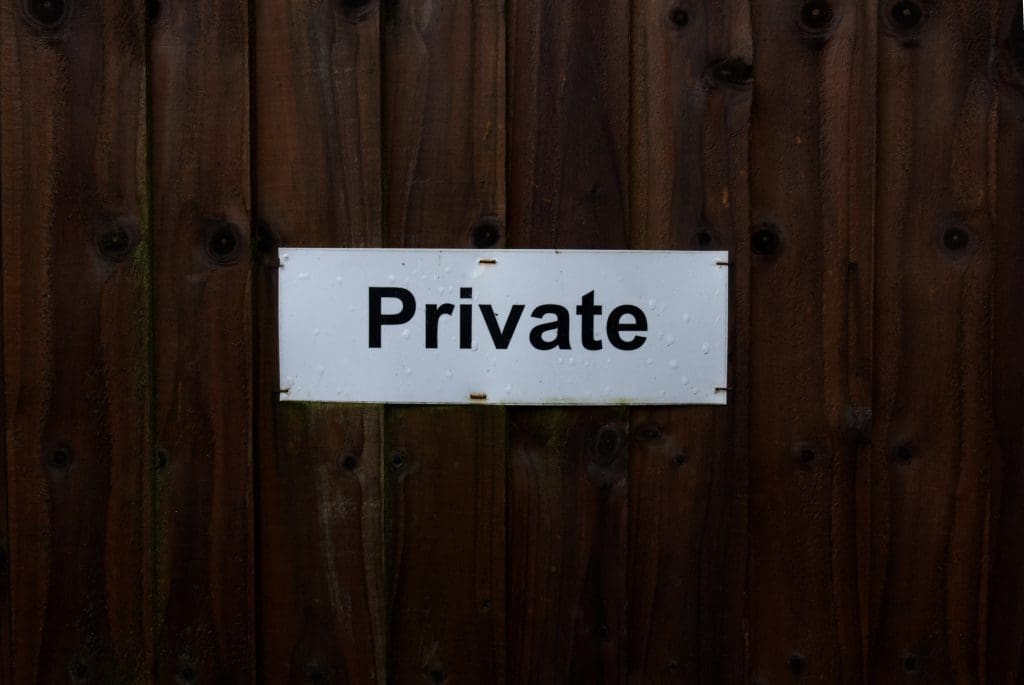
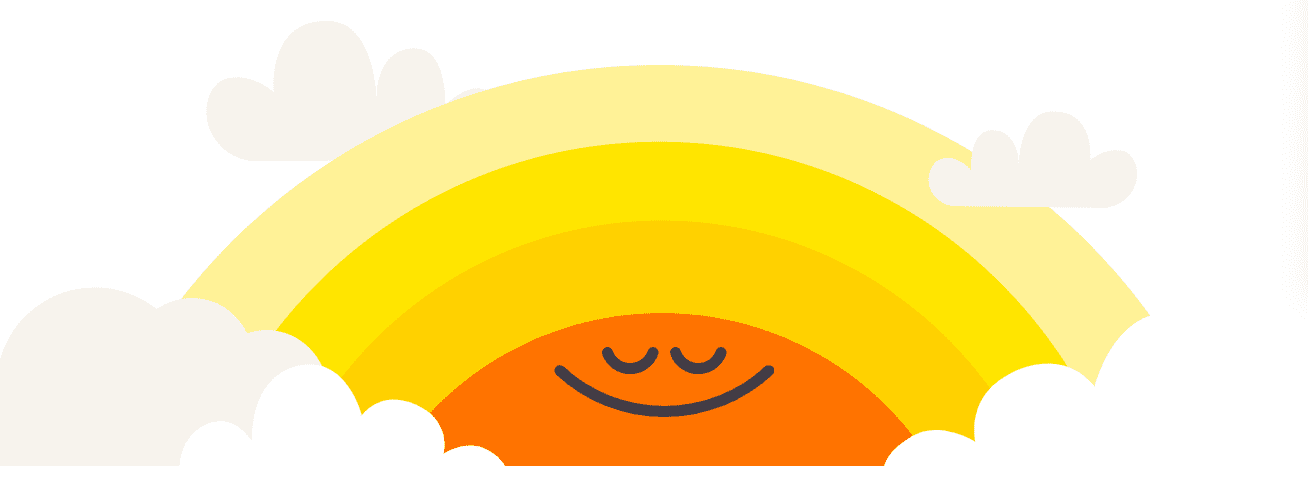
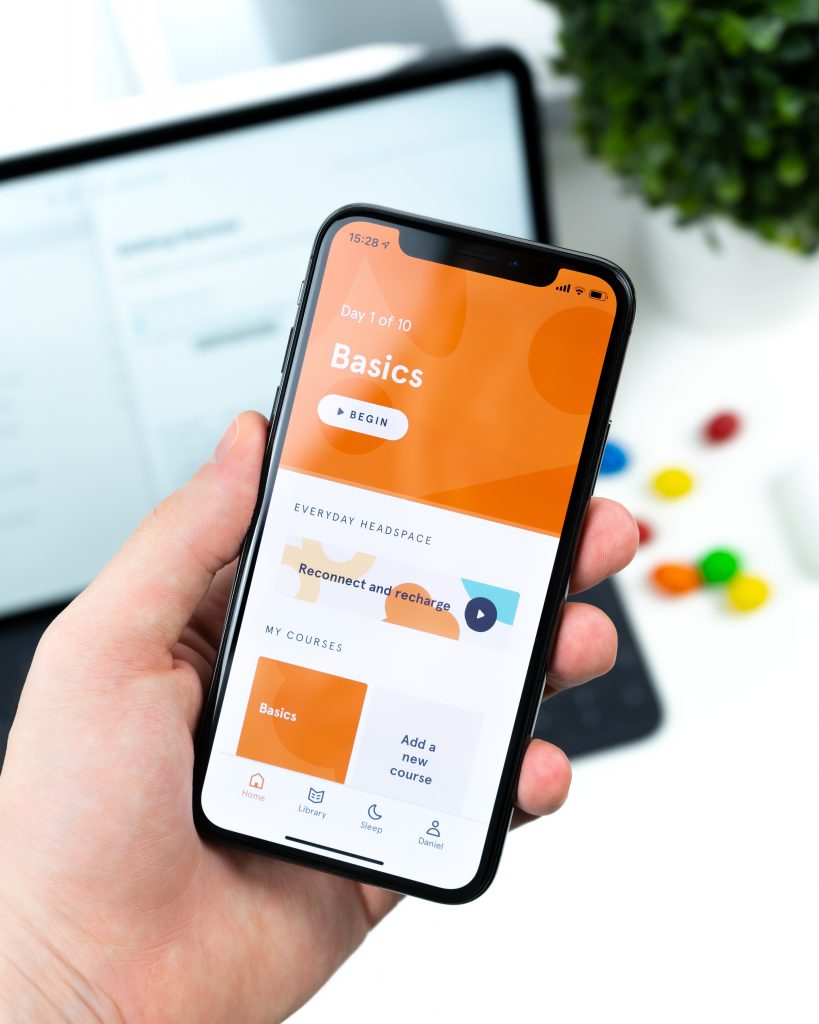
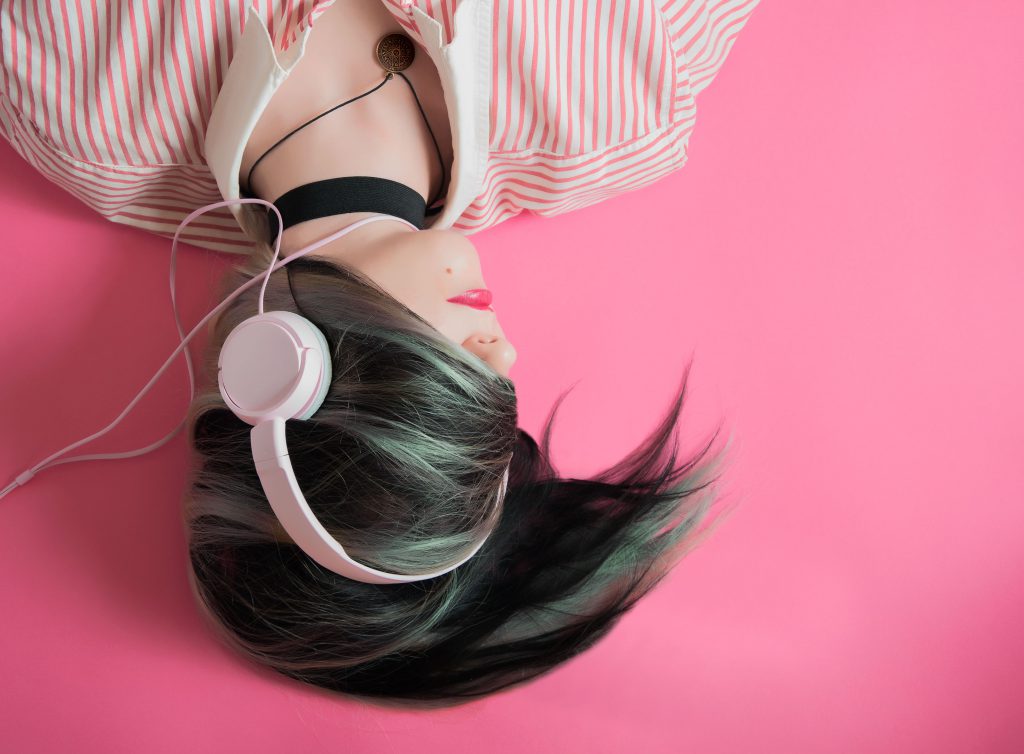

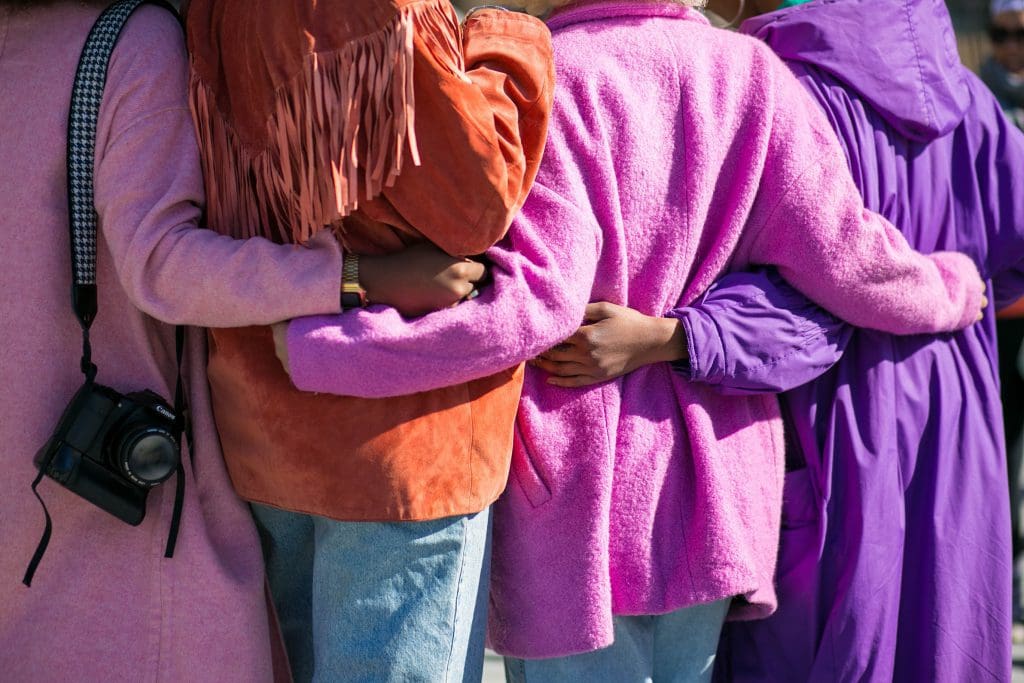
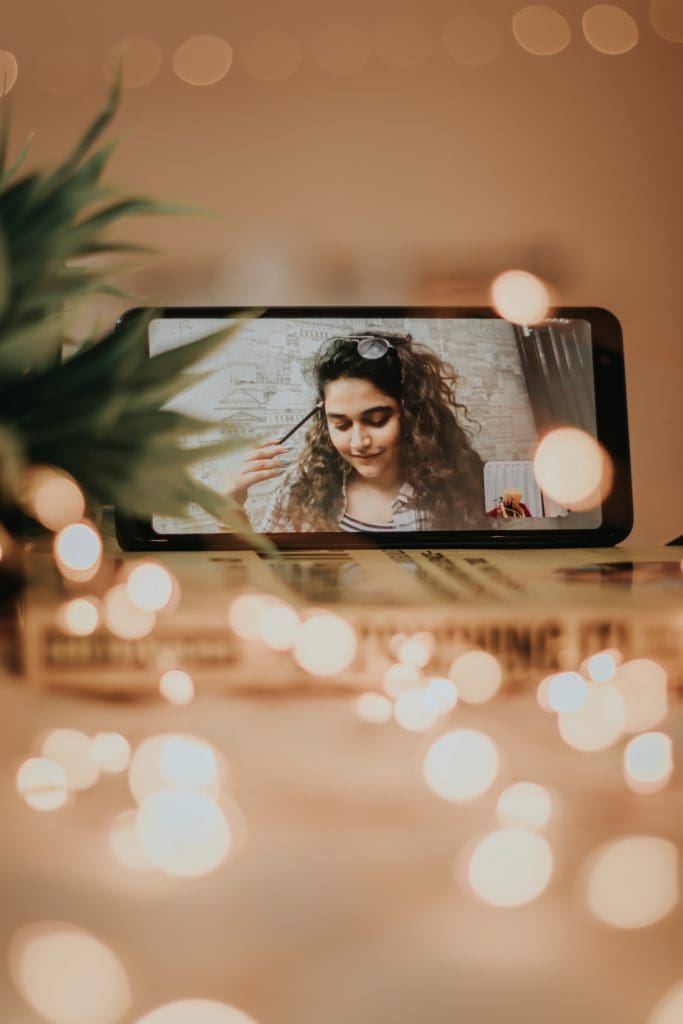
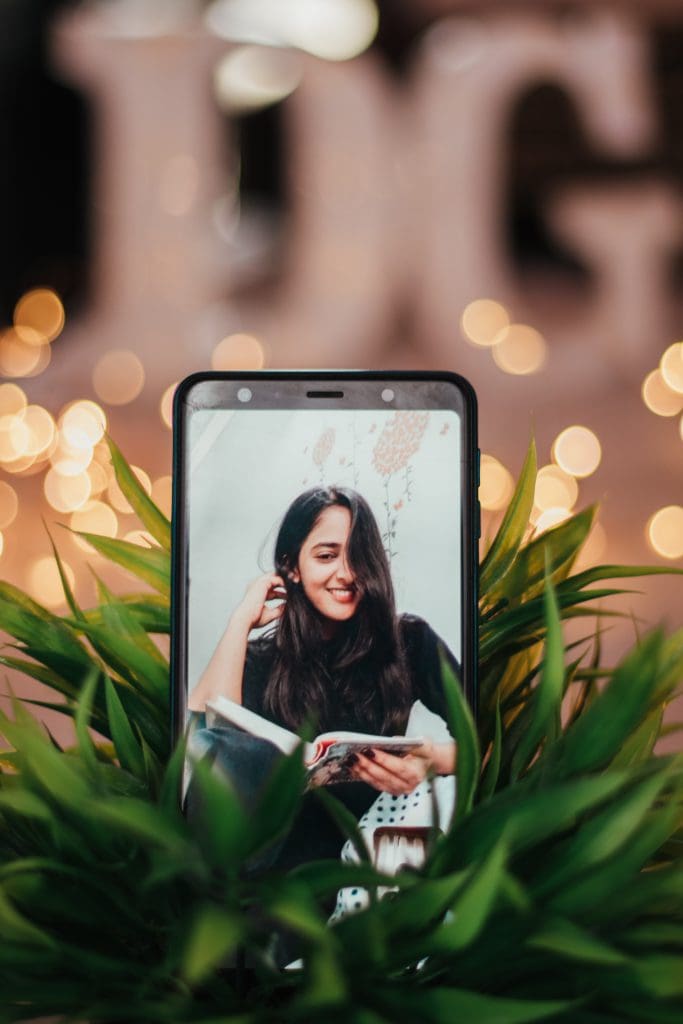
Recent Comments